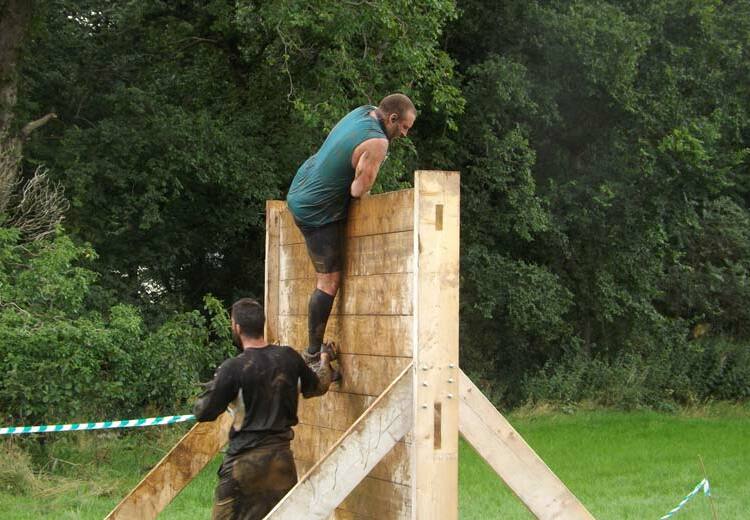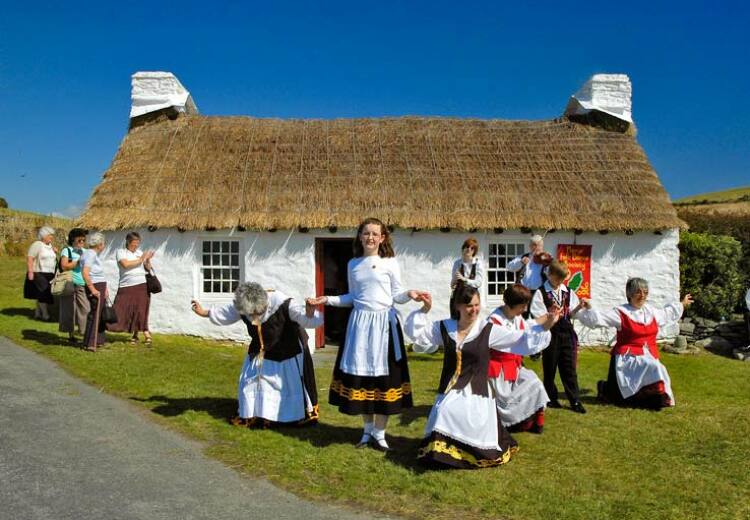Children may be endangering their lives by playing in harbours, rivers and streams during periods of hot weather, the Department of Transport has warned.
The Department is urging parents and guardians to ensure youngsters are aware of the dangers of playing in bodies of water, particularly during school holidays when children have more free time.
Captain Ken Horsley, Harbour Operations Manager, said ‘We are concerned that children, indeed any member of the public, aren’t aware of the dangers posed by water. This could be from boats manoeuvring in a harbour, the unknown depth of water in tidal harbours fast-flowing currents, weirs, cold water, deep pools, unstable and slippery river beds and potentially unstable riverbanks.
‘The UK accident statistics figures show that drowning is the third most common cause of death to under-16s. The hazards in water are often hidden and children underestimating the dangers of water can result in tragic consequences.’
Harbours staff and Coastguard officers will issue warnings to anyone swimming or diving within harbours and may call for police assistance if the person(s) concerned do not stop when requested to do so. It is an offence under the Isle of Man Harbour Bye Laws to swim or dive within a harbour without written permission from the Department’s Harbours Division.
Safety tips for children:
1. Don’t jump or dive into harbours or rivers – the depth is uncertain and there can be hidden dangers in the water
2. Be aware of the dangers of fast flowing water and do not go into the water near breakwaters, piers, weirs, sluices and fish passes
3. Realise that sea and river water can be very cold, no matter what time of year. Those going into cold water can quickly develop
cramp and breathing difficulties
4. Always ensure that someone knows where you are and what you are doing
5. Be aware that river beds can be uneven and slippery
6. Be aware of pools in the river and changes in water depth
7. Boats manoeuvring within a harbour may not be aware of swimmers in the water and may not be able to stop in time to avoid causing
injury
Safety tips for parents:
1. Keep children away from the edges of breakwaters, piers, and rivers and closely supervise them when near water. Drowning can
happen very quickly and can occur even in shallow water
2. Please ensure that no one jumps or dives into harbours, rivers, ponds, lakes or any other body of water, as it is difficult to
gauge what depth is safe and what dangers there may be under the water
3. Consuming alcohol may impair your ability and judgement when on or in water
4. Teach children not to go into the water alone or unsupervised
5. Generally the safest place for swimming in the water is off the Island's main beaches, most of which have been designated as ‘safe
bathing areas’, with children supervised at all times
6. Harbours and ports are working areas and therefore the water quality might at times be hazardous to health
What to do if someone is in difficulty:
1. Get help – ring 999 or ask someone else to do it. If you are on your own without a mobile phone, call for help if people are
nearby, or go and get help
2. Think of your own safety first. Don’t put yourself in danger trying to rescue someone else
3. Lifebuoys are generally available around harbours and promenades for use when someone gets into difficulty in the water but in the
absence of these use a stick, scarf or clothes tied together to help you reach the person. Crouch or lie down to avoid being pulled into
the water or throw a rope so you can pull the person in. If you don’t have a rope then throw something that will float, such as a ball.








